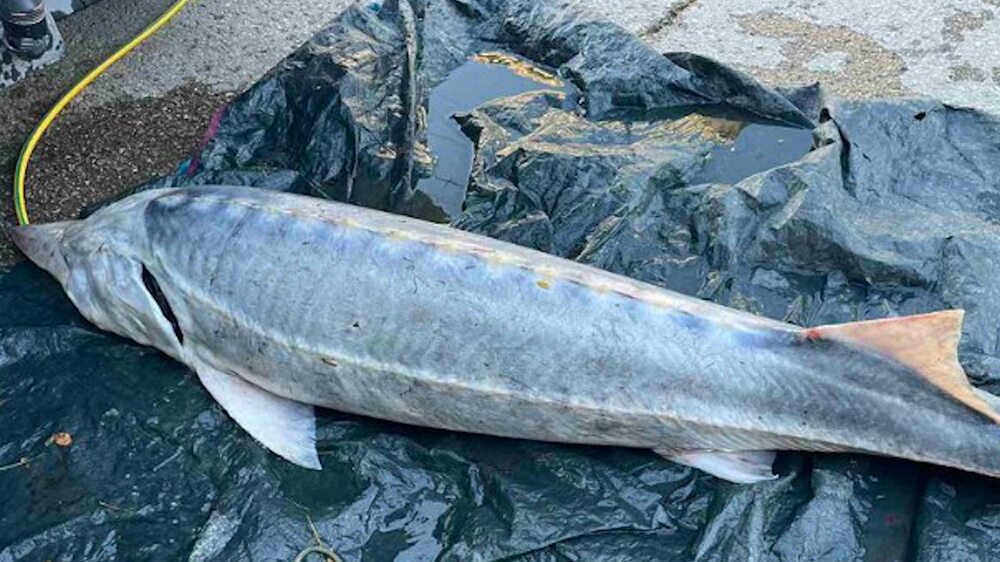site.btaSturgeons on Brink of Extinction, Warn WWF on St. Nicholas Day


On St. Nicholas Day, a holiday when Bulgarian traditionally have fish on their tables, the environmental organization WWF-Bulgaria warned that Danube sturgeons are on the brink of extinction. The last populations in the European Union that reproduce in a natural environment are located in lower reaches of the Danube river, on the border between Bulgaria and Romania, said the organization.
Experts warn that, after having survived for 200 million years, today only four of the six species of sturgeons remain. The sterlet fish is endangered of extinction, while the beluga sturgeon, the starry sturgeon and the Russian sturgeon are critically endangered. The International Union for Conservation of Nature classifies sturgeons as the most endangered group of species in the world.
Sturgeons play an important role as an indicator of the state of a river's ecosystems. The construction of dams, dikes and hydroelectric power plants, as well as the extraction of inert materials from the bottom, pose insurmountable barriers along their migration route, explained Stoyan Mihov from WWF-Bulgaria. Overfishing and water pollution also threaten sturgeons.
The WWF team monitors the entire Bulgarian stretch of the river from Novo Selo to Silistra, studying the habitats of the last surviving sturgeons. Currently, a complete ban on sturgeon fishing is in force in Bulgaria, Romania, Ukraine and Serbia. However, a large part of the adult specimens that enter the river from the Black Sea to reproduce are subject to poaching. At the suggestion of WWF, in 2022 the Ministry of Environment and Water declared a protected area, Esetrite -Vetren,in a section of the Danube River, recalled Mihov. This area is home to another 40 species of fish, 21 of which are included in the Red Data Book of Bulgaria. In an effort to protect their populations over the years, WWF teams have released nearly 90,000 young sturgeons into the Danube, WWF also said.
During field studies on the Danube last summer, a team of WWF ichthyologists came across an encouraging find. Between the villages of Gomotartsi and Koshava, Vidin region, scientists found over thirty baby sturgeons of the sterlet species. This is only the second place after the village of Vetren, Silistra region, where young sturgeons hatched in the same year settled, ecologists said.
To strengthen the populations, WWF plans to release 1.6 million sturgeons into the Danube. They will be raised in floating nurseries in the upper reaches of the river. The initiative unites the efforts of scientists, institutions and conservationists from seven Danube countries, including Bulgaria. The first breeding facility is now ready and is located on the Austrian side of the Danube. Similar containers will also be installed on the Koros River in Hungary, as well as on the Mura River in Slovenia.
/DD/
news.modal.header
news.modal.text